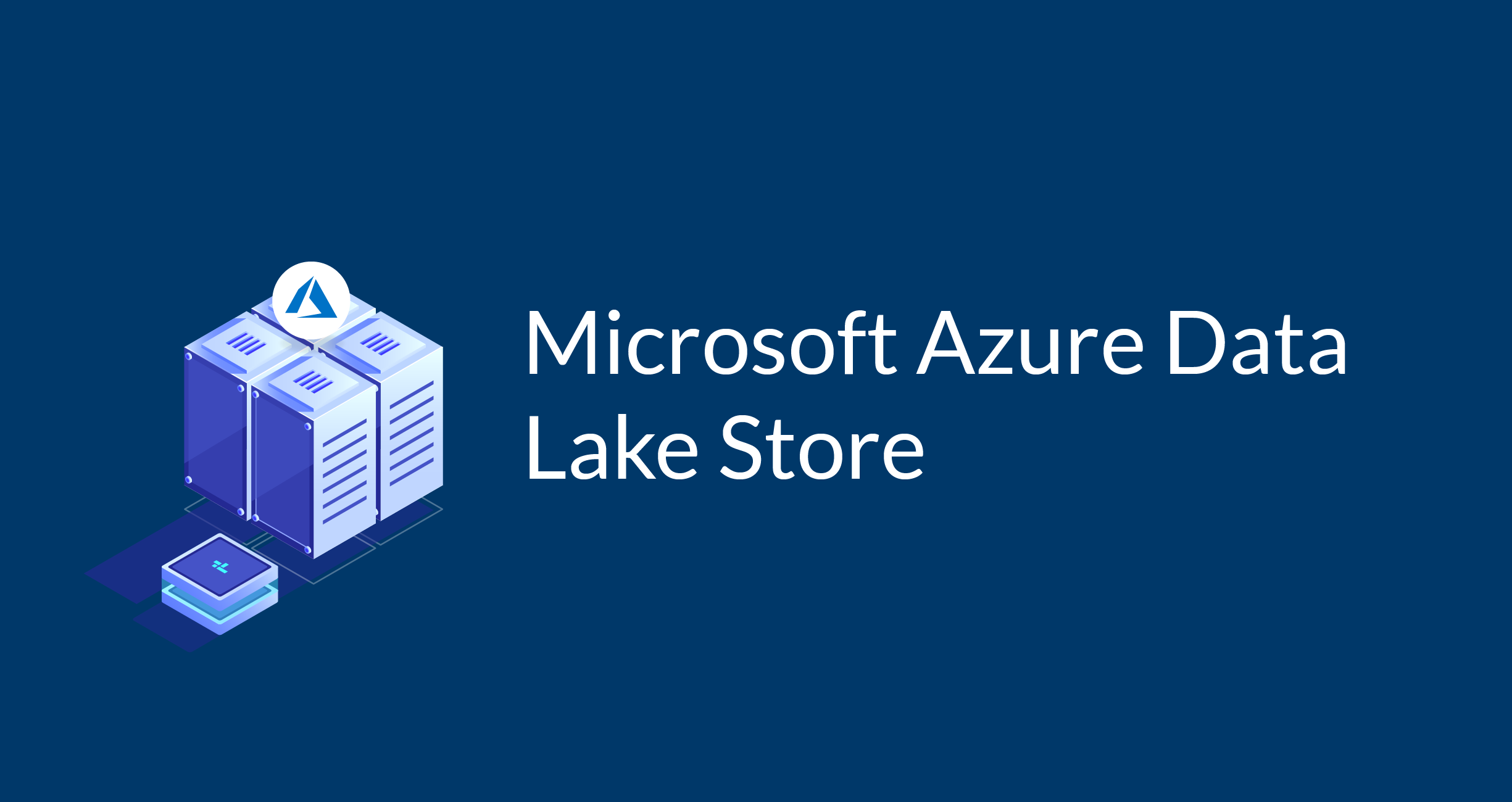A Dive into Azure Data Lake Storage
 Sumit Mondal
Sumit MondalTable of contents
- Introduction:
- Key Features of Azure Data Lake Storage:
- Hands-On Example: Analyzing Customer Feedback with Azure Data Lake Storage
- Step 1: Setting Up Azure Data Lake Storage
- Step 2: Ingesting Customer Feedback Data
- Step 3: Processing and Analysis with Azure Databricks
- Step 4: Visualization with Power BI
- Conclusion:

Introduction:
In the dynamic landscape of data management, Azure Data Lake Storage (ADLS) emerges as a powerful and versatile solution, paving the way for businesses to store, process, and analyze massive amounts of data efficiently. As we embark on this exploration, let's delve into the depths of Azure Data Lake Storage, uncovering its features, advantages, and practical implementation through a hands-on example.
Azure Data Lake Storage Overview: Azure Data Lake Storage is a scalable and secure cloud-based data lake solution offered by Microsoft Azure. It is designed to handle both structured and unstructured data, providing an ideal platform for big data analytics, machine learning, and other data-intensive tasks. ADLS seamlessly integrates with various Azure services and tools, offering a comprehensive ecosystem for managing and extracting insights from diverse datasets.
Key Features of Azure Data Lake Storage:
Scalability: One of the standout features of ADLS is its ability to scale effortlessly. Whether you're dealing with terabytes or petabytes of data, ADLS can accommodate your storage needs, ensuring that your system can grow with your data.
Security: Security is a top priority in the realm of data storage, and ADLS doesn't disappoint. With granular access controls, encryption at rest and in transit, and Azure Active Directory integration, your data is protected at every level.
Analytics Integration: ADLS seamlessly integrates with Azure Analytics services such as Azure Databricks, Azure Synapse Analytics, and Azure HDInsight. This integration empowers users to derive valuable insights from their data using familiar tools and services.
Hierarchical Namespace: ADLS employs a hierarchical namespace, which enhances the organization and management of data. This feature enables users to structure their data in a way that mirrors their business needs, facilitating efficient data exploration and analysis.
Hands-On Example: Analyzing Customer Feedback with Azure Data Lake Storage
Imagine you work for a retail company and are tasked with analyzing customer feedback data to identify patterns and sentiments. Let's walk through the process of leveraging Azure Data Lake Storage for this scenario.
Step 1: Setting Up Azure Data Lake Storage
Create an Azure Data Lake Storage Gen2 Account:
Navigate to the Azure Portal and create a new ADLS Gen2 account.
Configure the necessary settings, including the storage account name, region, and performance options.
Generate Access Keys:
- Obtain the access keys for your ADLS Gen2 account. These keys will be used to authenticate and authorize access to the storage account.
Create Containers:
- Within your ADLS Gen2 account, create containers to organize your data. In our case, we could have containers like "CustomerFeedback" and "ProcessedData."
Step 2: Ingesting Customer Feedback Data
Data Ingestion:
Upload your customer feedback data in CSV or JSON format to the "CustomerFeedback" container.
ADLS supports parallel and efficient uploads, making it suitable for handling large datasets.
Step 3: Processing and Analysis with Azure Databricks
Setting Up Azure Databricks:
- Create an Azure Databricks workspace and link it to your ADLS Gen2 account.
Loading Data in Databricks:
- Utilize the Databricks environment to load the customer feedback data from ADLS into a Spark DataFrame.
Data Processing and Analysis:
Leverage Spark SQL or Python to perform data transformations and sentiment analysis on the customer feedback.
Store the processed data back into the "ProcessedData" container in ADLS.
Step 4: Visualization with Power BI
Connecting Power BI to ADLS:
- Connect Power BI to your ADLS Gen2 account to visualize the insights gained from the data analysis.
Building Dashboards:
- Create interactive dashboards in Power BI to showcase sentiment trends, identify key issues, and provide actionable insights for the business.
Conclusion:
Azure Data Lake Storage emerges as a central player in the modern data landscape, offering a scalable and secure solution for storing and analyzing vast datasets. The hands-on example of analyzing customer feedback showcases the seamless integration of ADLS with other Azure services, providing a holistic environment for data management and analytics. As businesses continue to navigate the data-driven era, Azure Data Lake Storage stands out as a powerful ally, unlocking the potential of data for informed decision-making and innovation.
Subscribe to my newsletter
Read articles from Sumit Mondal directly inside your inbox. Subscribe to the newsletter, and don't miss out.
Written by

Sumit Mondal
Sumit Mondal
Hello Hashnode Community! I'm Sumit Mondal, your friendly neighborhood DevOps Engineer on a mission to elevate the world of software development and operations! Join me on Hashnode, and let's code, deploy, and innovate our way to success! Together, we'll shape the future of DevOps one commit at a time. #DevOps #Automation #ContinuousDelivery #HashnodeHero